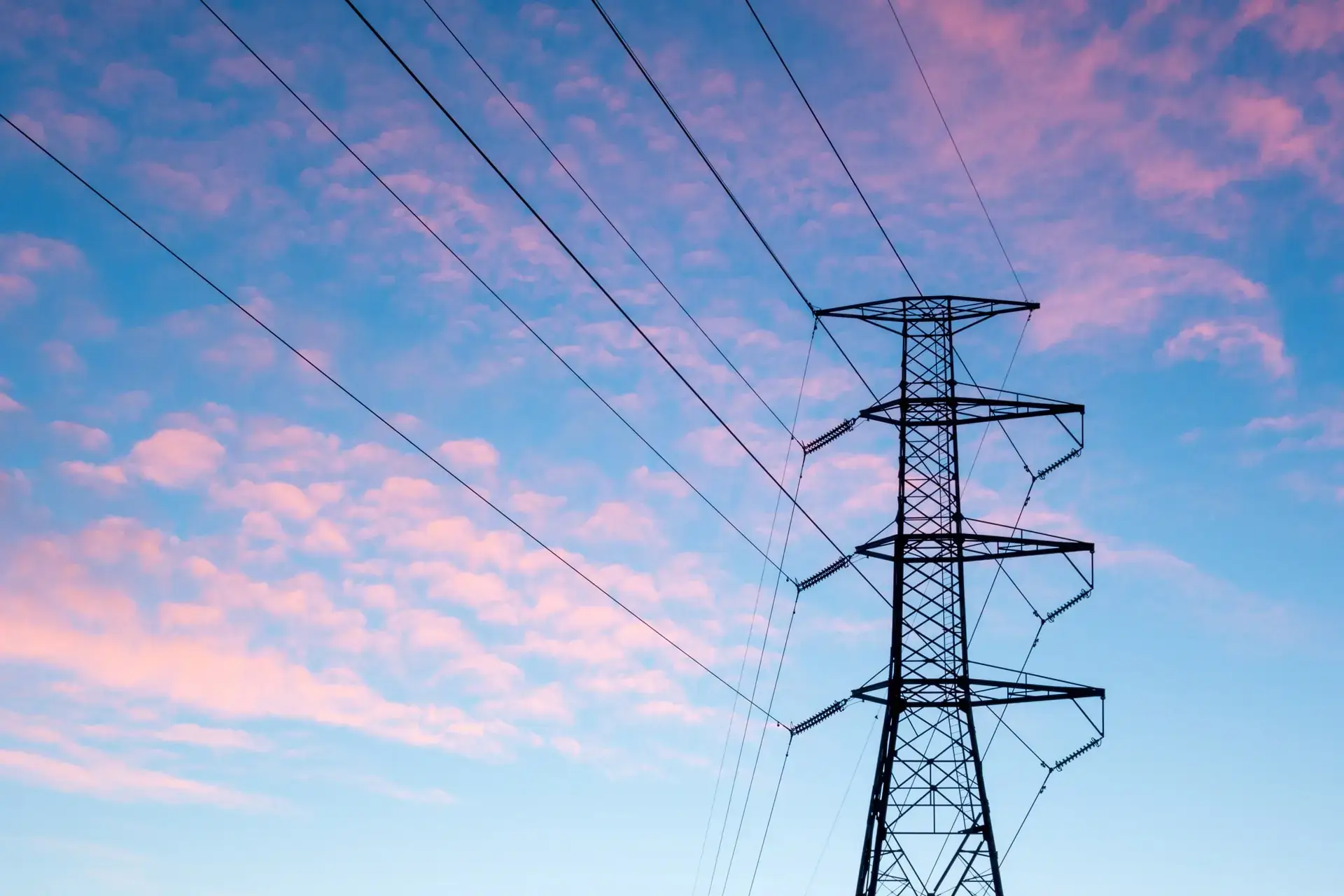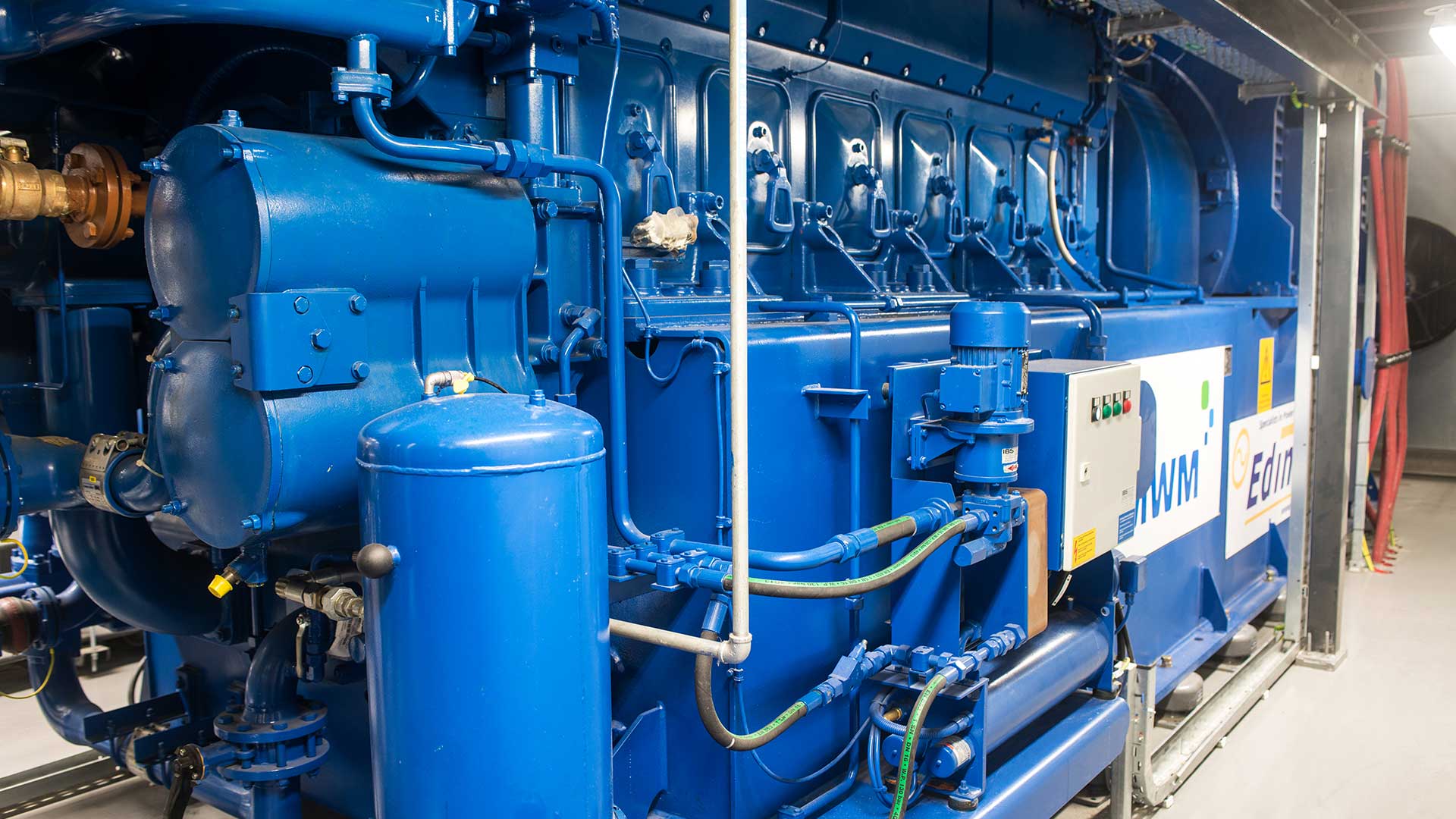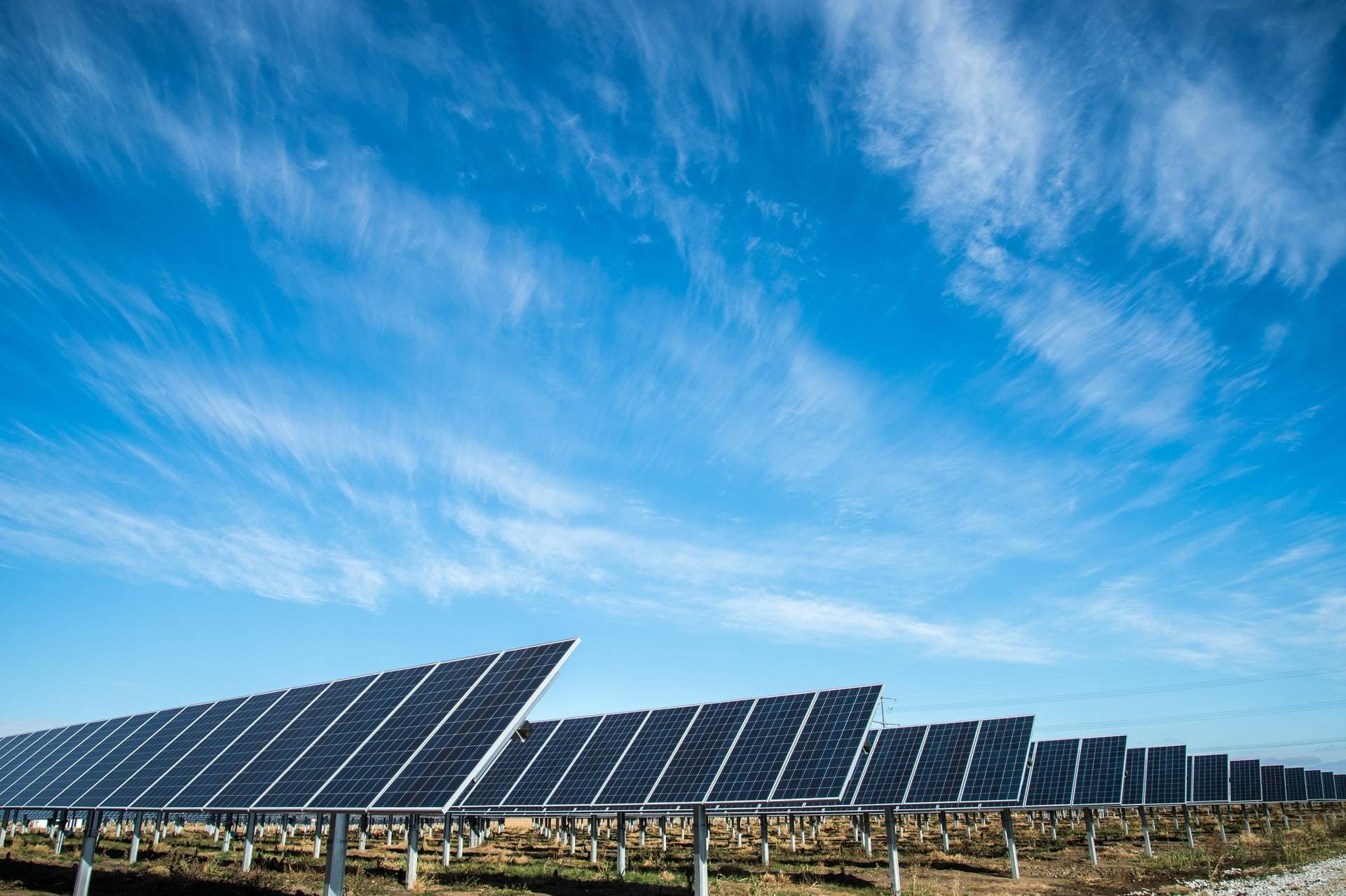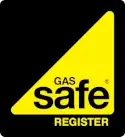
To connect the generation or Combined Heat and Power (CHP) plant to your local network, you must approach the Distribution Network Operator (DNO). The Data Registration Code of the Distribution Code sets out the obligations on the generator and Distribution Network Operator (DNO) to exchange data as part of the design process and lists the data items that may need to be exchanged. The purpose of the application forms below is to simplify and clarify this data exchange process.
For guidance on connection of generation assets to the UK and Ireland electrical network you should visit the Energy Networks Association (ENA), who are the industry body representing energy network operators within these territories.
Power generation has seen significant changes over recent years. Where the UK and Ireland historically was reliant upon a relatively small selection of centralised high-capacity power stations. Now the focus is on decentralised power generation and a higher volume of low-capacity generators.
These generators typically include gas generators and renewables generators such as Solar Photo-Voltaic (PV), Onshore and Offshore Wind farms, and Hydro-Electric plants.
The rapid expansion of lower-capacity generators can cause the grid to become less stable and risks damaging both the generator and the grid. Systems that run ‘parallel-to-mains’ must include a relay to decouple the generator from the grid if a problem arises with either.
The European Requirements for Generators (RfG) Code was introduced to bring a coherent set of requirements into the power generation market.

There are now 4 types of power generating modules and they are classified by their registered capacity and connection voltage. In Great Britain, the types are (note that in different European countries, the capacity and voltage thresholds may differ):
G99 Type A
From 0.8kW to < 1MW and connected at < 110kV
G99 Type B
From 1MW to < 10MW and connected at < 110kV
G99 Type C
From 10MW to < 50MW and connected at < 110kV
G99 Type D
≥ 50MW or connected at ≥ 110 kV
The technical requirements in RfG are less onerous on the smaller Power Generating Modules, and increase cumulatively for the larger Power Generating Modules, i.e. a Type B Power Generating Module must meet the requirements for Type A and Type B. Some requirements are common across all European countries. However, some requirements have country-specific parameters, which have been set by national network operators.
That means that some of the parameters in Great Britain are different in Northern Ireland, and other European countries.
Note: Type D generators fall under another ENA requirement – G100. This is mainly applicable to Distribution Network Operators (DNOs).
The Energy Networks Association (ENA) EREC G99 Standard Application Form (SAF) should be used for generation connection applications over 50kW 3-phase or 17kW single phase as per G99.
For type tested generation of 50kW or less, 3-phase or 17kW or less single phase then the G99 form A.1 should be used.
The new ENA EREC G99 connection Standard Application Form covers all the data requirements and should therefore be used for all applications. The relevant application form can be found on the ENA web site or in some cases on your DNO web site along with guidance on the application process and timeline.

The National Grid (transmission and distribution network) was never designed to have embedded generation. It was developed on a centralised generation basis and the capacity and protection was implemented accordingly. The addition of distributed generation may induce many undesirable characteristics on the network. It is this reason each addition to the network must be considered and studied by the DNO to determine the possible detrimental effects. Indeed, in some areas of the country, the network is reaching saturation point and embedded generation may not be permitted to connect at all.
Some typical restrictions which may be imposed by the DNOs could include:
Each installation has a network study undertaken and it is not uncommon for there to be some room for negotiation on the restrictions (if any) imposed by the DNO. This is where the support and advice of the generation scheme supplier should be sought before abandoning the project or agreeing to potentially expensive terms which may be avoided or reduced by other means.




Copyright © Edina. All Rights Reserved.